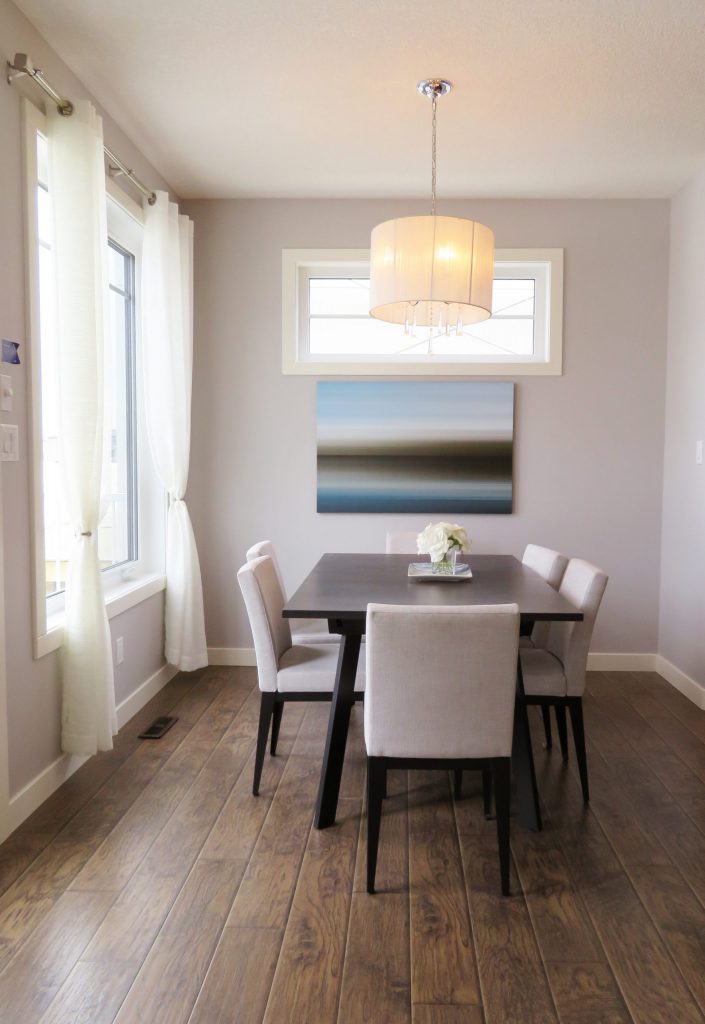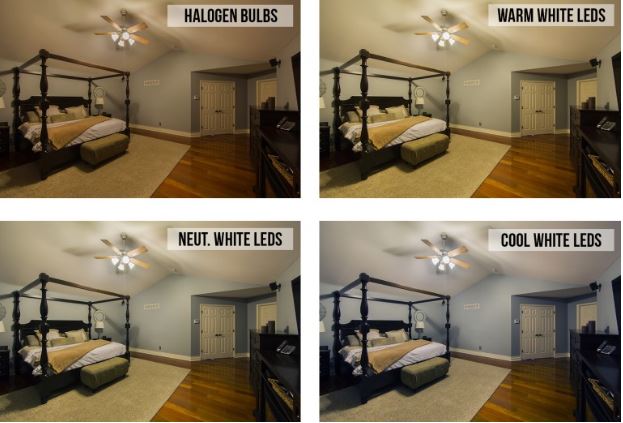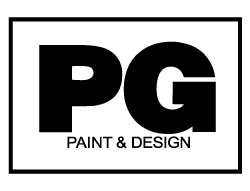Painting a fresh coat of paint is the easiest way to a complete transformation of any room, but if you have ever brought home paint chip samples from any local Ottawa paint store and taped them to the wall to try and decide which colour is going to look the best can be frustrating especially if after painting it does not look the same as what you had hoped.
Both artificial and natural lighting affects how the paint colour will look on the walls. Choosing a new paint colour is one of the steps to getting started but there is another important element not to overlook when finding that perfect shade. The following tips will help ensure you get the right colour and shade you are after.

How Lighting Affects Paint Colours
Metamerism is when two colours appear the same under one type of lighting condition but not when the lighting changes. When a paint colour is applied to a wall it may look the same as the paint samples you chose or close to it, yet if the lighting is changed the colour no longer looks like what you really wanted. Light, reflection and paint colour should all be taken into consideration when choosing your paint colours.
Light Reflectance Value or LRV is a way to mesure how much a colour reflects and absorbs natural or artificial light. LRV is the value of how light reflects on paint colours. These LRV values can be found on paint can labels or on the back of paint samples.
When choosing interior paint colours for your home keep in mind that at the half way mark of 50% LRV which is a common guideline used by painting companies for residential painting . Anything over the 50% means the colour will be much lighter and that it will reflect more light into the room. Below the 50% mark the colours will be darker and absorb more light. Therefore you will need to add the appropriate indoor lighting fixtures and or lamps to create the perfect cozy ambiance. If in doubt consult with a professional painting companies in Ottawa.
Depending on the natural or artificial light reflection onto the wall you will see a different undertone, lighter or darker shade and may think you got the wrong paint colour. Don’t despair, there’s a reason why it looks different and we’ll break it down for you.
Painting an entrance hallway or foyer, or a bathroom or bedroom for example will require the use of a light paint colour that reflects light and will be best suited under artificial lighting, as it is common for these areas to lack exposure to full sun and daylight.
If painting a living room or dining room, an open concept family room and kitchen that are more likely exposed to full daylight and sunlight, will work well with darker paint colours since dark colours absorb light better.
Different Types of Lighting Affects Paint Colour
Dark colours absorb light and will make the colour appear darker and richer while the opposite happens with light colours that will reflect light and give the appearance of a brighter paler shade than what was hoped for.
While artificial and natural lighting have different affects on how the end result of the paint colour will look so to will the direction and time of day. Read on to find out how and why the different types of lighting affect the paint colour.
Direction – The direction of natural lighting will impact how the colour will look. East and north facing rooms will get less natural day and sunlight making any paint colour appear darker.
South facing rooms are typically filled with sun and daylight most of the day, therefore the flexibility factor is greater when deciding on a paint colour.
The options to paint with warmer and lighter colours will be enhanced. If feeling uncertain seek the advice of professional painters.
Time of Day – When trying to decide on what paint colours to use in any room, some thought needs to be given to what the purpose of what the room is used for.
Choosing paint colours that work with the natural daylight and sunlight will be good choices for rooms that are open concept spaces such as kitchens, family rooms or living room spaces.
Finding a painting specialist that can help you choose the right paint colour can be helpful.
Types of Lighting
Basements and bathrooms usually have no great source of natural lighting and therefore rely solely on artificial lighting. Choosing paint colours that will look as close to exactly as you want can also be affected by the type of bulbs used. Understanding the difference between artificial and natural lighting will help to understand how the end effect of how the paint colour will actually look once applied.
Artificial Lighting
Since not all light bulbs are created the same and each give off different glows here is a breakdown of the different types of light bulbs and the undertone glow they give.
 photo courtesy of super bright leds website
photo courtesy of super bright leds website
LED light bulbs tend to make colours seem cooler or colder because of the blue hue reflection from the LED bulbs, but they like halogen give a whiter light than most other light bulbs. They come in warm and cool and depending on what you choose can reflect a softer, warmer paint colour or cooler.
Halogen light bulbs reflect a whiter light than most light bulbs, making them the closest thing to natural light. Because of this, halogen bulbs work well with either warm or cool paint colours as they tend not to change the appearance of the colour as much as other light bulb types do.
Incandescent light bulbs will make a paint colour seem warmer because of the yellowish hue the bulb reflects. Warm colors such as red, burgundy or yellow can help make a room seem brighter, while blues and greens can give a more muted or cool appearance.
Fluorescent light bulbs work best with colours like blue and green because of its tinted blue glow that emanates from the bulb. These types of bulbs tend to give a duller appearance to paint colour and choosing lighter, softer and brighter paint colours could be the best option.
Natural Lighting
North facing rooms in a home are the most difficult to work with as they tend to be the darkest rooms in the house. The lack exposure to much sunlight and its daylight exposure creates a cooler and duller feel to northern facing rooms. It is best to use paint colours with warm undertones in north facing rooms. Colours like off-white, creams and warm earth tones can work well. Some dark colours may also work with a bonus feature of making a room look bigger.
South facing rooms are filled with day and sun light naturally typically from morning to late afternoon or evening. Any paint colour can work well in these natural light filled rooms. Accent a focal wall or paint the entire space with a dark colour to take advantage of the amplified effect natural lighting gives.
West facing rooms have some natural day and sun light, typically not first thing in the morning. As the sun shifts throughout the day the lighting in the room will change to fill the room with warmth. Choosing bright colours is cheery as well as giving the colour the appearance of being even brighter than you thought.
East facing rooms get the first morning sun glowing throughout the room and then shifts to a darker space as the sun changes positions throughout the mid morning and afternoon. Cool paint colours look great as do warmer undertones in rooms that are east facing.
Getting paint colours to look their best in areas such as basements or bathrooms that typically lack natural lighting, using white coloured light bulbs is probably your best option.
How to Pick Paint Colours
If you have wondered before about the painstaking time needed to choose a colour only to have it look different than what you imagined the following are a few bonus tips on how to pick paint colours to go with natural and artificial lighting in your home.
- Bring the paint samples home.
- Try a sample by painting the walls in a small area or place the paper samples. Apply at least two or three coats of the paint colour.
- Look at the paint colour in the morning, when the sunlight is beaming in through the windows. If applying the paint colour to a wall with southern exposure you will get the full effect of maximum in natural lighting.
- Take another look at the paint colour in the middle of the day. By this time the sun has begun to turn to the side of your home.
- Take yet another peek at it in the late evening when all your indoor lights are on. Interior lighting will reflect the different hues in the paint colour and give you a better idea as to whether that is the exact shade you are really looking for.
These tips are meant to be a guideline, if assistance is needed for interior painting or exterior painting, consult with a painting company near you.
